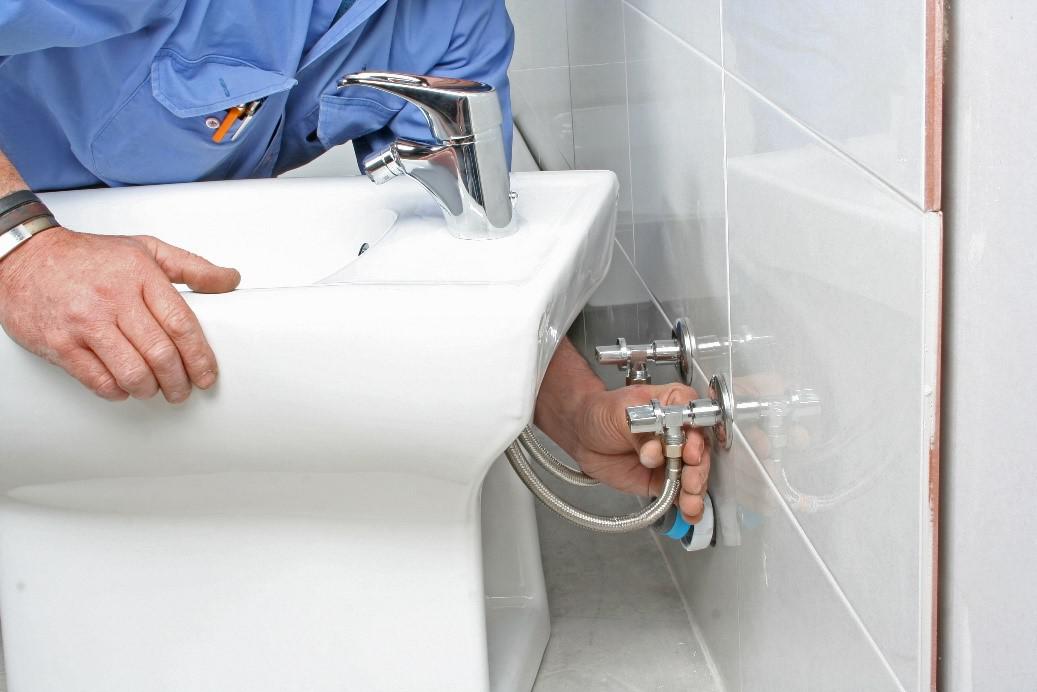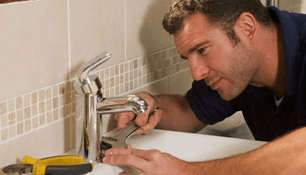The article listed below on the subject of 7 Plumbing Industry Trends You Need To Know is unquestionably captivating. You should check this stuff out.

Introduction
The pipes sector is undertaking a transformative stage driven by technical innovations and growing problems for sustainability and efficiency. This post checks out emerging patterns and advancements forming the future of plumbing.
Smart Pipes Systems
Integrating smart innovation into pipes systems allows remote surveillance, leakage discovery, and automated maintenance. Smart sensors and IoT (Net of Points) devices permit home owners and plumbings to monitor water usage and spot issues in real-time, leading to more efficient resource monitoring and aggressive upkeep.
Water Performance Solutions
With raising focus on water preservation, cutting-edge remedies are being created to decrease water wastage in plumbing systems. High-efficiency fixtures, greywater recycling systems, and wise irrigation controllers are amongst the modern technologies assisting consumers decrease their water impact while keeping comfort and benefit.
Lasting Materials
The shift towards sustainability extends to pipes products, with a growing choice for eco-friendly choices. Biodegradable piping products, such as PEX (cross-linked polyethylene) and HDPE (high-density polyethylene), deal durability and resistance to deterioration without jeopardizing ecological stability.
Anticipating Upkeep
Anticipating upkeep techniques take advantage of information analytics and artificial intelligence formulas to expect and avoid pipes issues before they occur. By assessing historical information and efficiency metrics, predictive upkeep algorithms can identify patterns and abnormalities, enabling aggressive interventions to stay clear of expensive fixings and interruptions.
Increased Reality in Pipes
Enhanced Truth (AR) modern technology is revolutionizing plumbing by supplying service technicians with real-time aesthetic advice for troubleshooting and fixing jobs. AR-enabled clever glasses or mobile applications overlay digital details onto the physical setting, assisting plumbers imagine pipeline designs, determine concealed leaks, and carry out repair services with precision.
Impact of 3D Printing
The development of 3D printing has actually presented brand-new possibilities in making plumbing components. From custom-designed fixtures to intricate pipeline fittings, 3D printing allows for quick prototyping and on-demand production, lowering preparations and making it possible for greater customization in plumbing layout.
Health and Safety Qualities
In feedback to heightened issues for health and safety, plumbing fixtures are including functions such as antimicrobial surface areas, touchless procedure, and self-cleaning devices. These technologies not just enhance hygiene yet also advertise customer convenience and ease.
Hygiene-focused Fixtures
Touchless taps, self-sanitizing bathrooms, and antimicrobial surface areas are coming to be significantly common in residential and business settings, minimizing the risk of bacterium transmission and promoting a cleaner, healthier setting.
Water High Quality Monitoring
Advancements in water quality surveillance innovations allow house owners to monitor the purity and security of their water system in real-time. Smart water top quality sensing units can identify contaminants, pH levels, and temperature variants, empowering individuals to take positive measures to make sure water safety.
Remote Plumbing Providers
Remote diagnostics and online support are changing the way plumbing services are supplied. Through video clip conferencing and remote gain access to technologies, plumbing technicians can repair problems, offer assistance for do it yourself repair services, and even carry out remote inspections, supplying greater availability and benefit to home owners.
Difficulties and Opportunities
While pipes technologies hold enormous pledge, they additionally present challenges such as information personal privacy problems, regulative compliance, and the requirement for labor force training. Addressing these challenges calls for cooperation between market stakeholders and regulatory bodies to make sure safe and responsible execution of new modern technologies.
Regulatory Landscape
Regulatory structures play an essential duty in shaping the fostering of pipes developments, with criteria and codes governing every little thing from water efficiency to item safety. As innovations remain to advance, governing bodies should adjust to ensure customer protection and ecological stewardship.
Future Outlook
The future of pipes is identified by continued technology and integration with other industries such as IoT, renewable resource, and building automation. By welcoming lasting methods, leveraging emerging technologies, and prioritizing user-centric layout, the pipes industry is poised to deal with the advancing demands of society while minimizing its ecological footprint.
Verdict
In conclusion, the future of pipes is specified by a convergence of modern technology, sustainability, and user-centric layout. By accepting clever options, lasting materials, and aggressive maintenance techniques, the plumbing market can improve performance, advertise security, and add to an extra lasting future.
Plumbing Industry Trends You Need To Know
Smart technology in plumbing
Homeowners want to be able to manage their homes from their phones. The technology exists to make that happen. From smart toilets to leak detector devices, the whole plumbing system can be managed on an interconnected network made up of sensors, IoT devices, and machine learning algorithms.
This allows for wireless control to turn appliances on and off, automate routines, and access advanced monitoring to track water usage and flag potential issues. Smart technology streamlines water consumption, maintenance and energy usage, creating a more efficient system.
Green plumbing
The data analysis possible with smart technology not only improves convenience and cost-effectiveness but also fulfills a high-priority customer desire – sustainability. Consumers are very aware of their impact on the planet and want plumbing solutions to reduce damage and support sustainability. Eco-friendly plumbing solutions are already starting to emerge.
Customers can opt for low-flow toilets, water-saving faucets, and connections to sustainable energy sources. Beyond monitoring water consumption, customers can conserve water through the installation of greywater systems. This is a system that collects water that has been used but is still clean enough for some household uses such as toilet flushing.
Shorter product pipeline
To keep up with modern plumbing, plumbers need modern tools that enable them to complete jobs more efficiently. One technology making strides in this area is 3D printing. By 3D printing key plumbing fixtures, plumbers can reduce wait times even for specialized fixtures. It minimizes delays often seen in traditional manufacturing that frustrate customers and prevent plumbers from taking on more work.
Off-site repairs
Augmented reality is making a splash in many industries including plumbing. Plumbers can map a building online so they can explore the plumbing system through augmented reality, identifying areas of maintenance and repair completely digitally. This technology can be applied quite widely in plumbers’ work including planning installations and training new recruits. It’s safer, smarter and more efficient.
Low-footprint materials
Another way for plumbing companies to reduce their environmental footprint and meet the customer demand for sustainability is by using recycled materials in their work. The products they source and manufacture such as pipes, fixtures and faucets can be made from recycled materials. This saves the planet while being just as effective.
Onsite water purification
Additionally, plumbing companies can be advocates of water conservation and ease the financial and environmental concerns of customers by offering water purification systems. New water purification technology such as reverse osmosis systems and UV systems make it possible for homeowners and business owners to thoroughly cleanse water, removing contaminants onsite. This means the water can be safely reused in more ways than greywater can be, establishing a water recycling loop.
Tankless water heaters
Another innovation of modern plumbing is tankless water heaters. The idea is that the water is heated on demand as it runs through the system instead of being heated in a water tank. This is more energy efficient and therefore cost-effective and eco-friendly because water isn’t heated needlessly.

We had been introduced to that editorial on 7 Plumbing Industry Trends You Need To Know from a pal on another website. Be sure to take the opportunity to distribute this blog post if you liked it. We take joy in your readership.
Schedule An Appointment